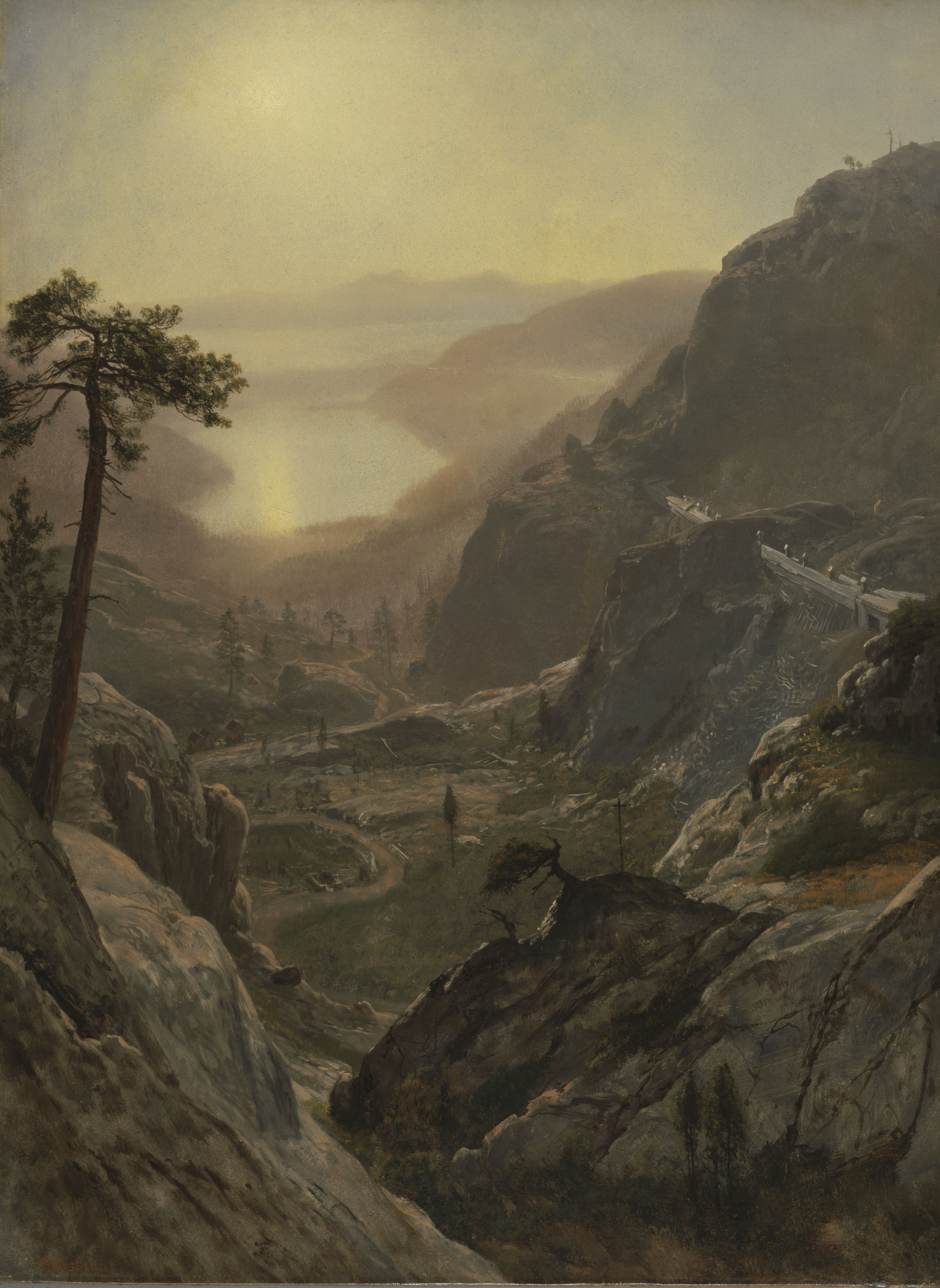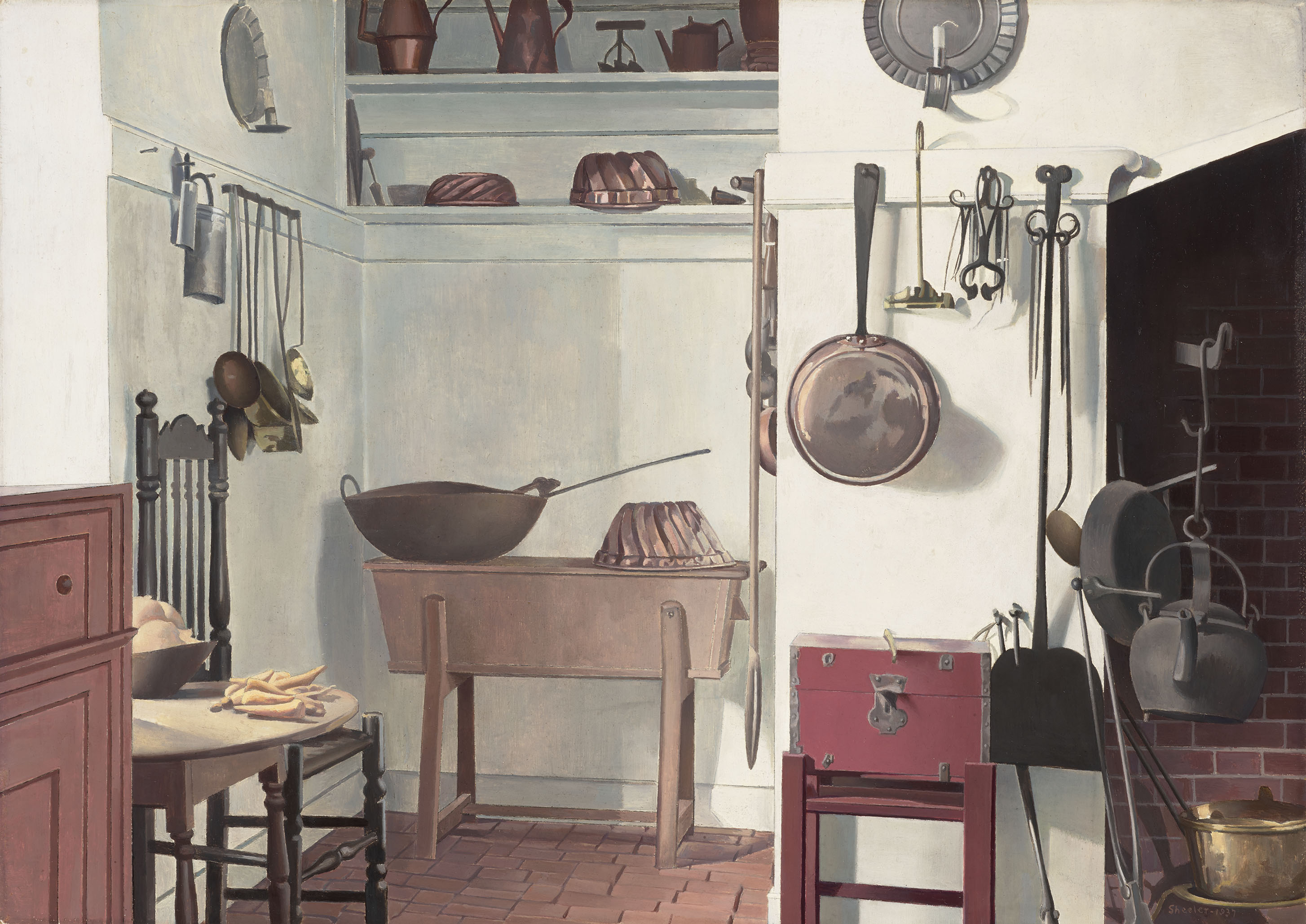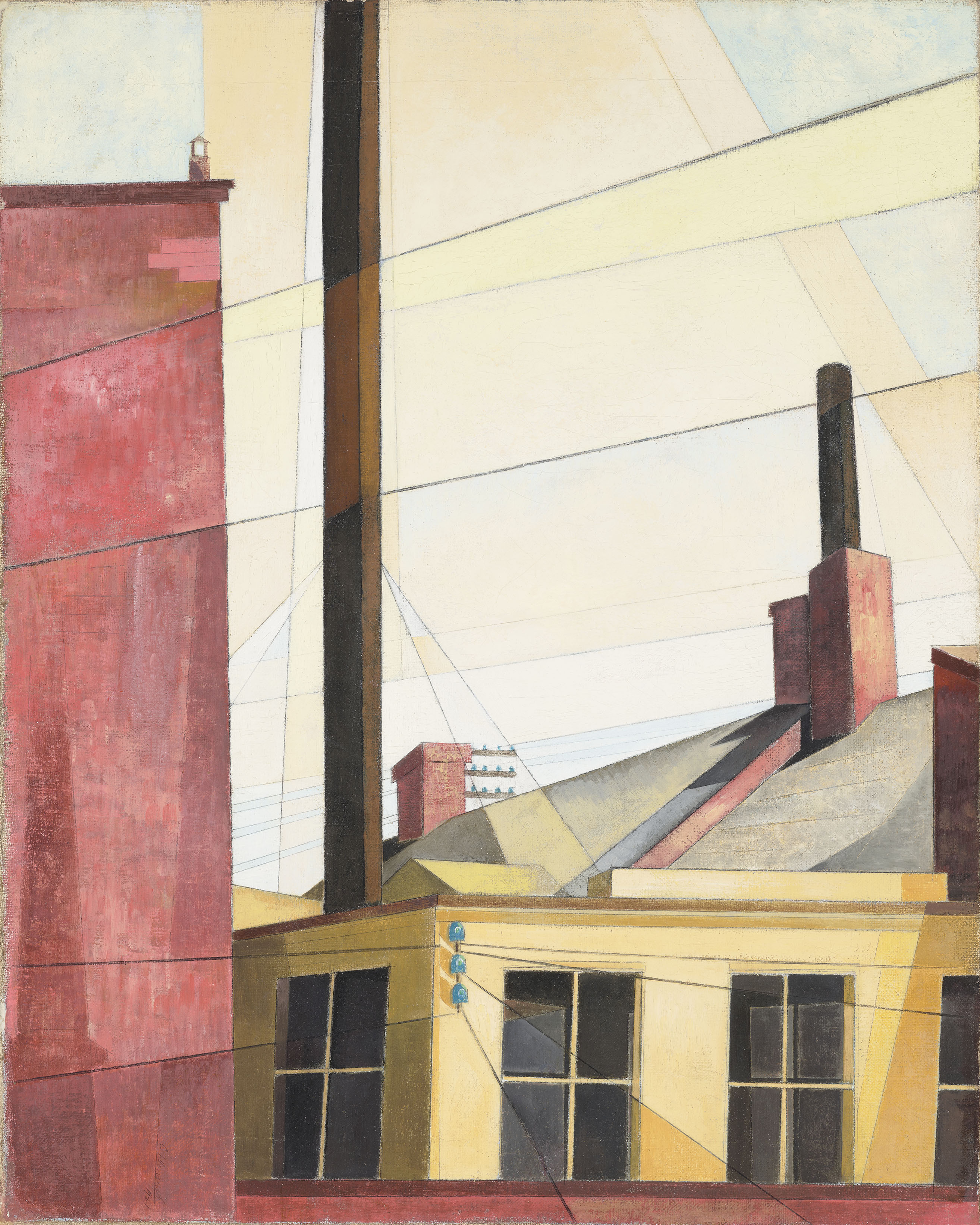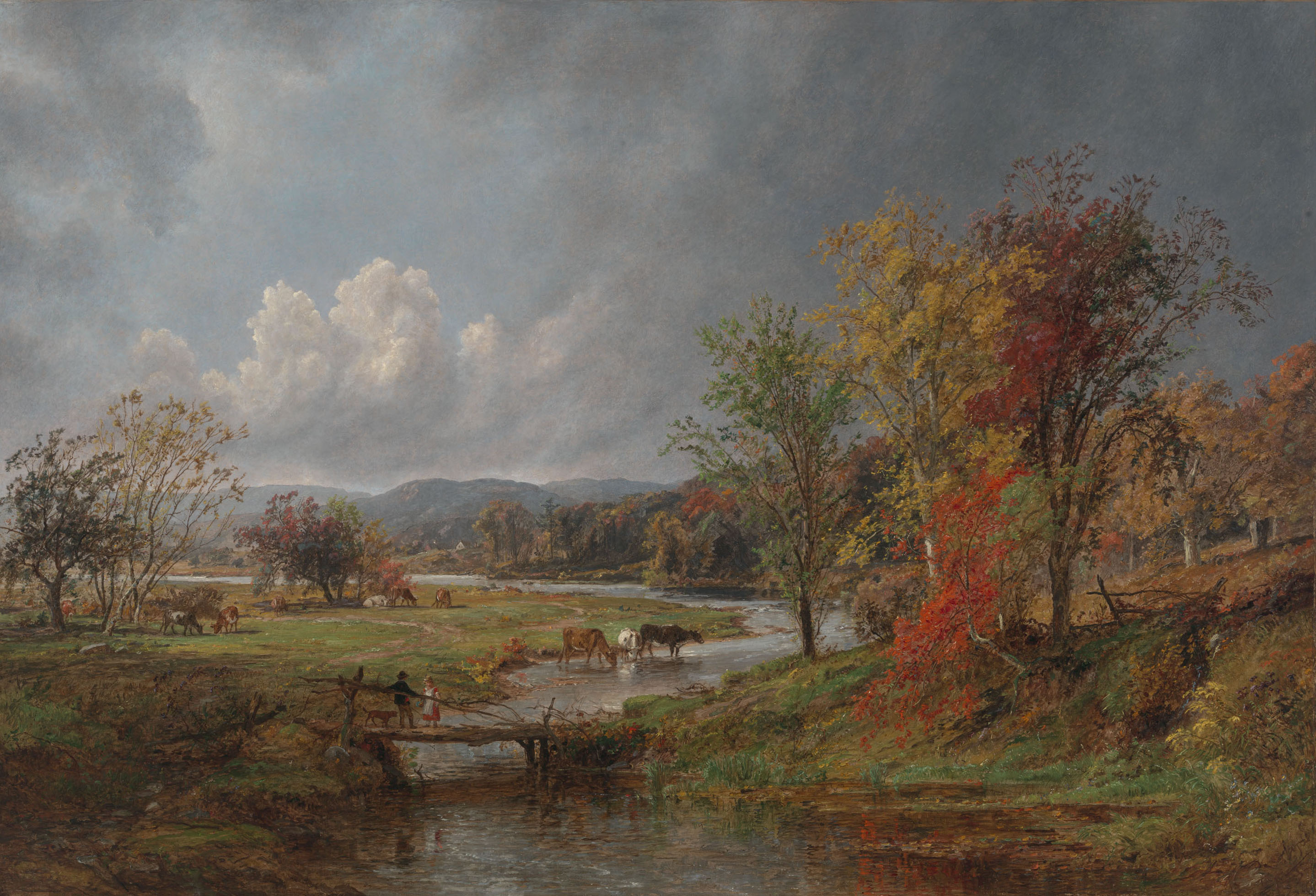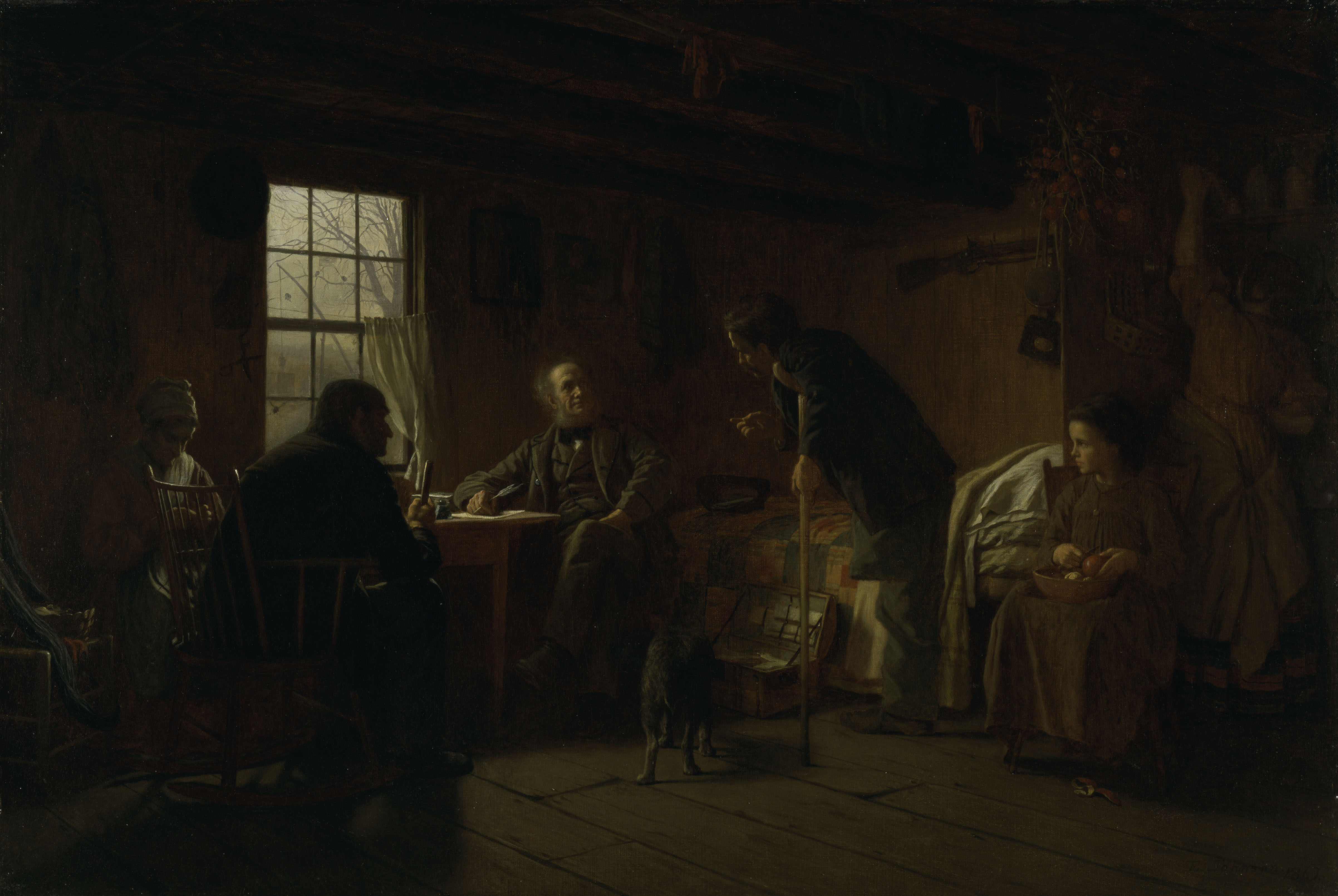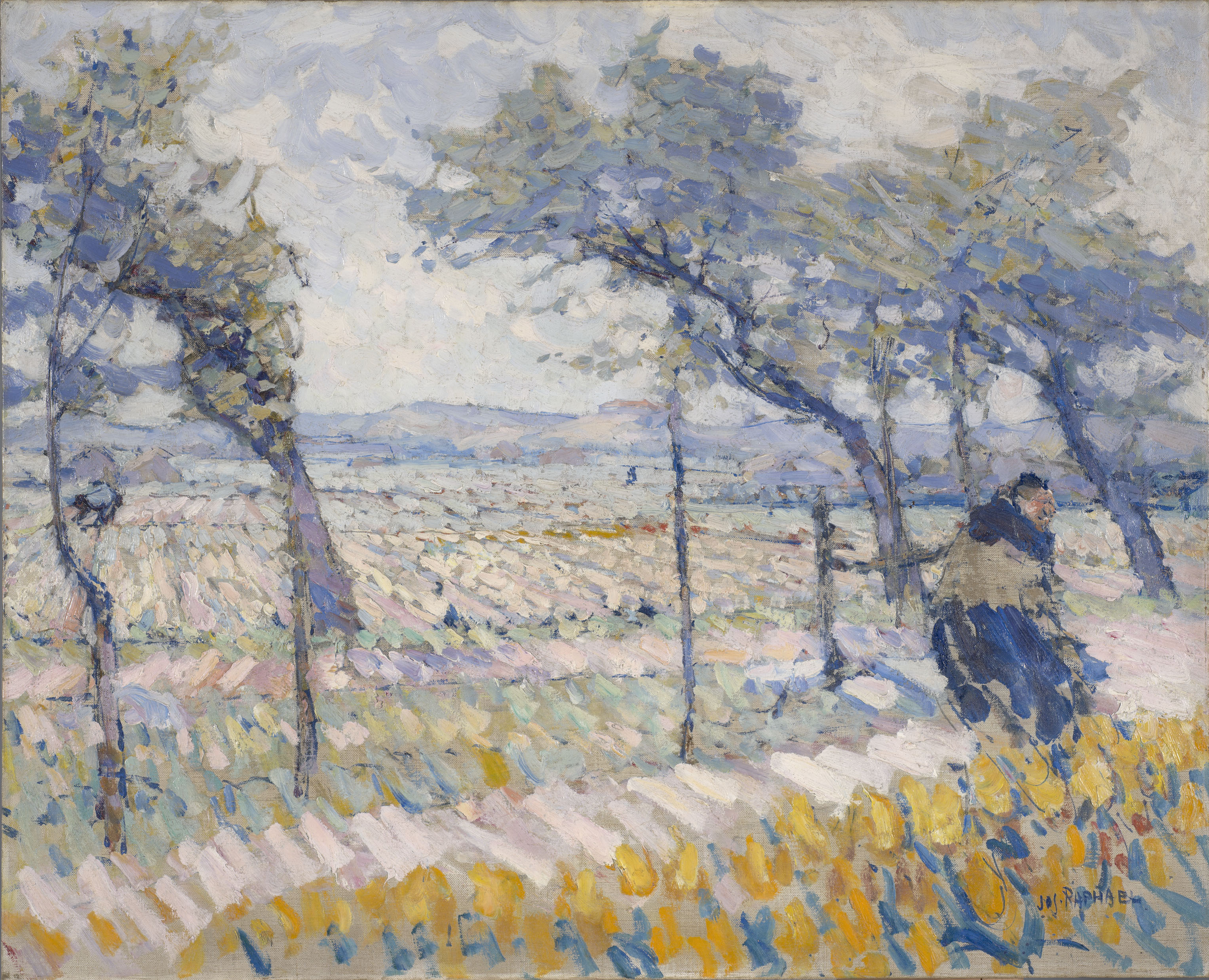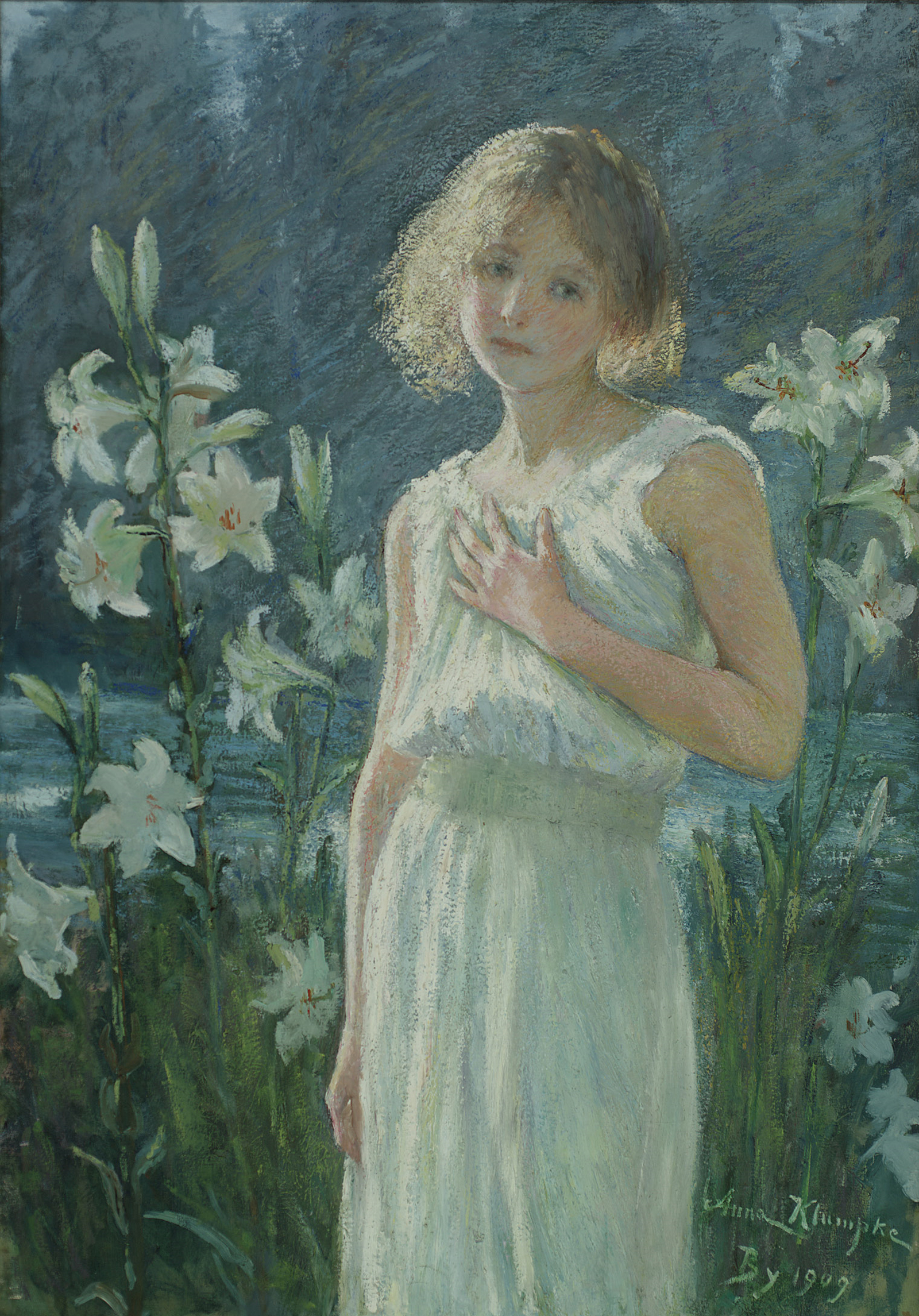His Excellency Señor Doctor Don Pedro Moya de Contreras
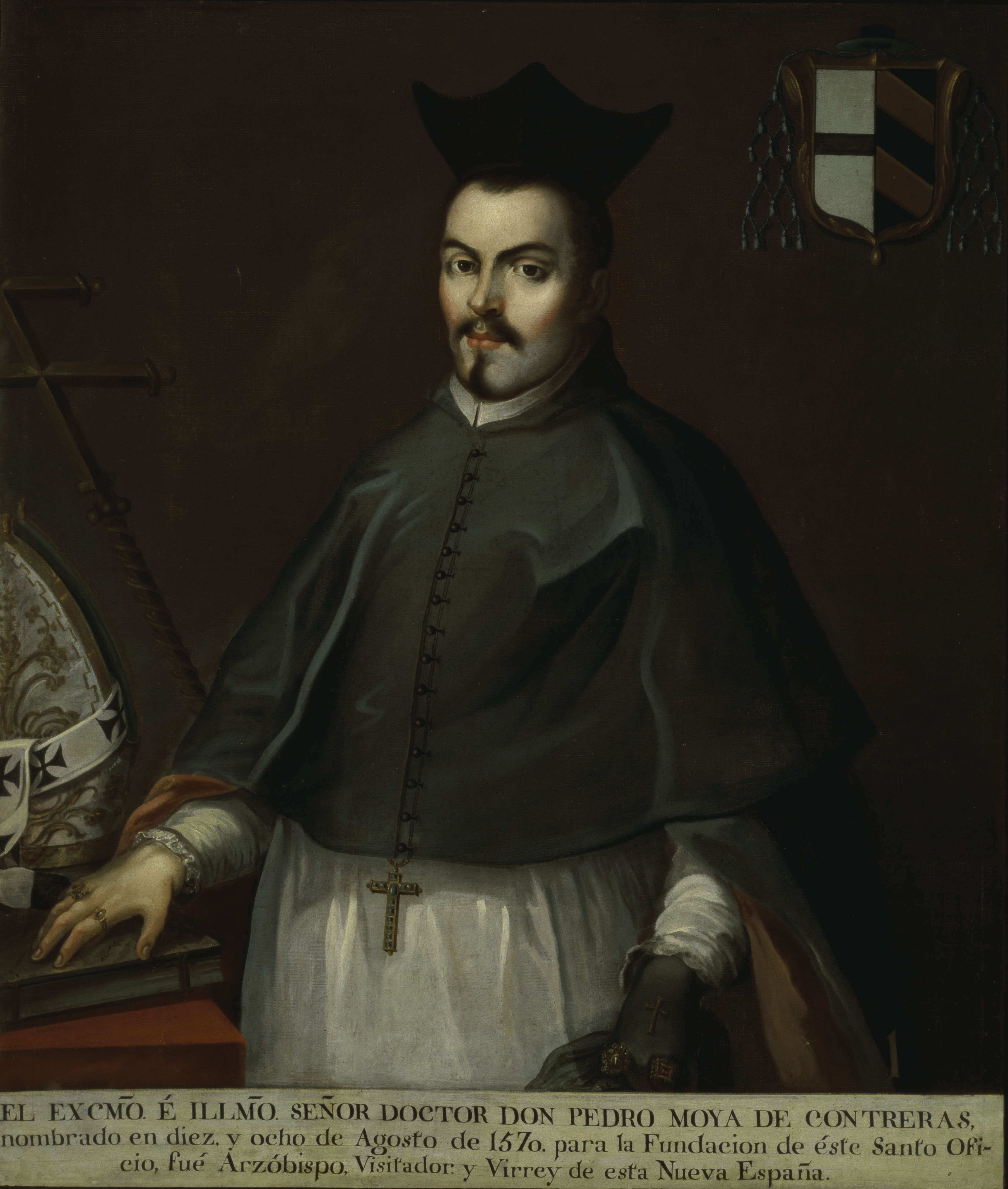
What objects represent you?
The text at the bottom of this painting states that Señor Moya became the visitador (royal official) viceroy, and archbishop of New Spain on August 18, 1570. As archbishop and visitador, he was the head of the Catholic church in the areas we now know as Arizona, New Mexico, Mexico, Cuba, and Florida. He aimed to grow the church, ensure profitability, and oversee those who worked for the church. He was known as a fair leader who sought to outlaw the enslavement of native peoples.
